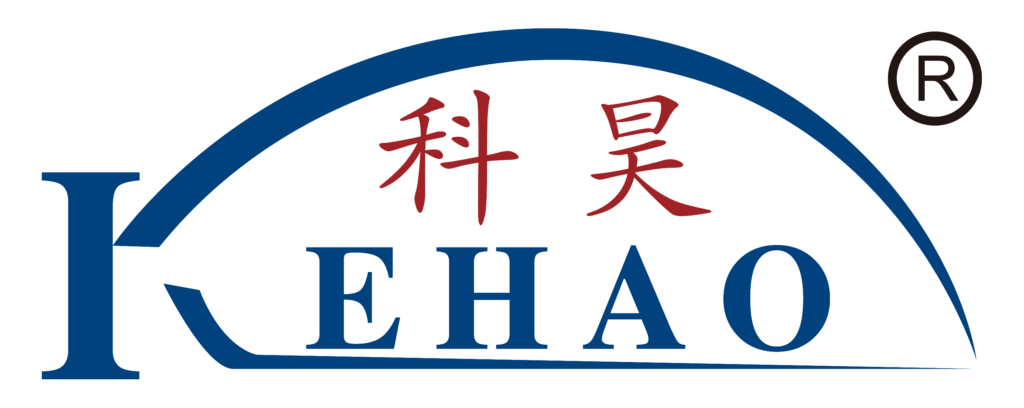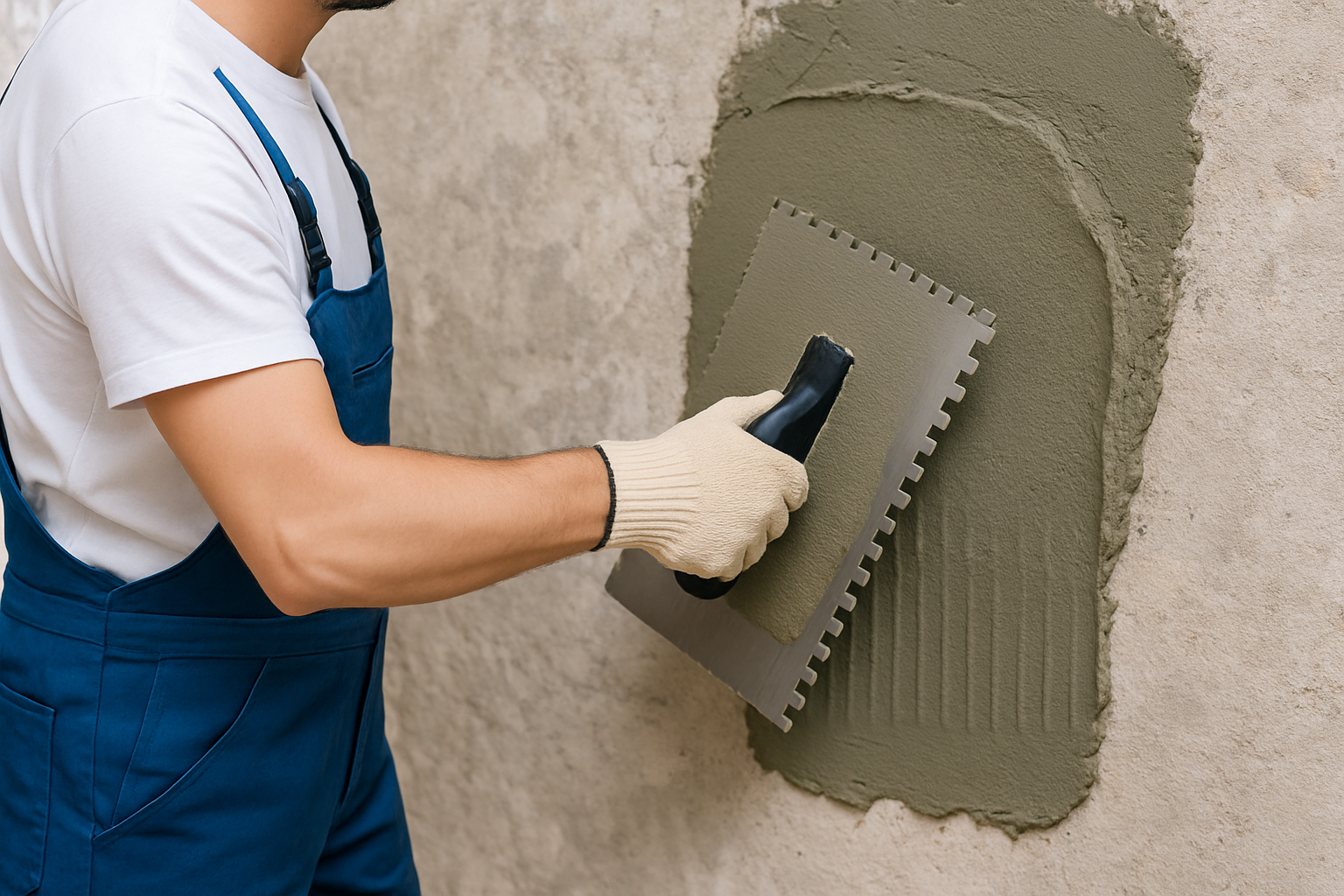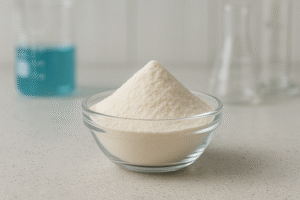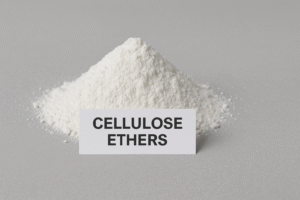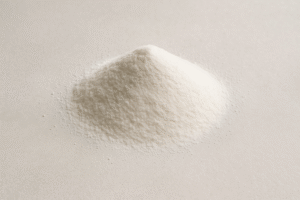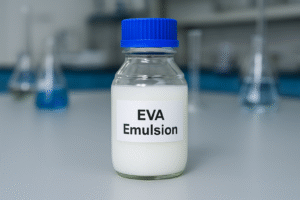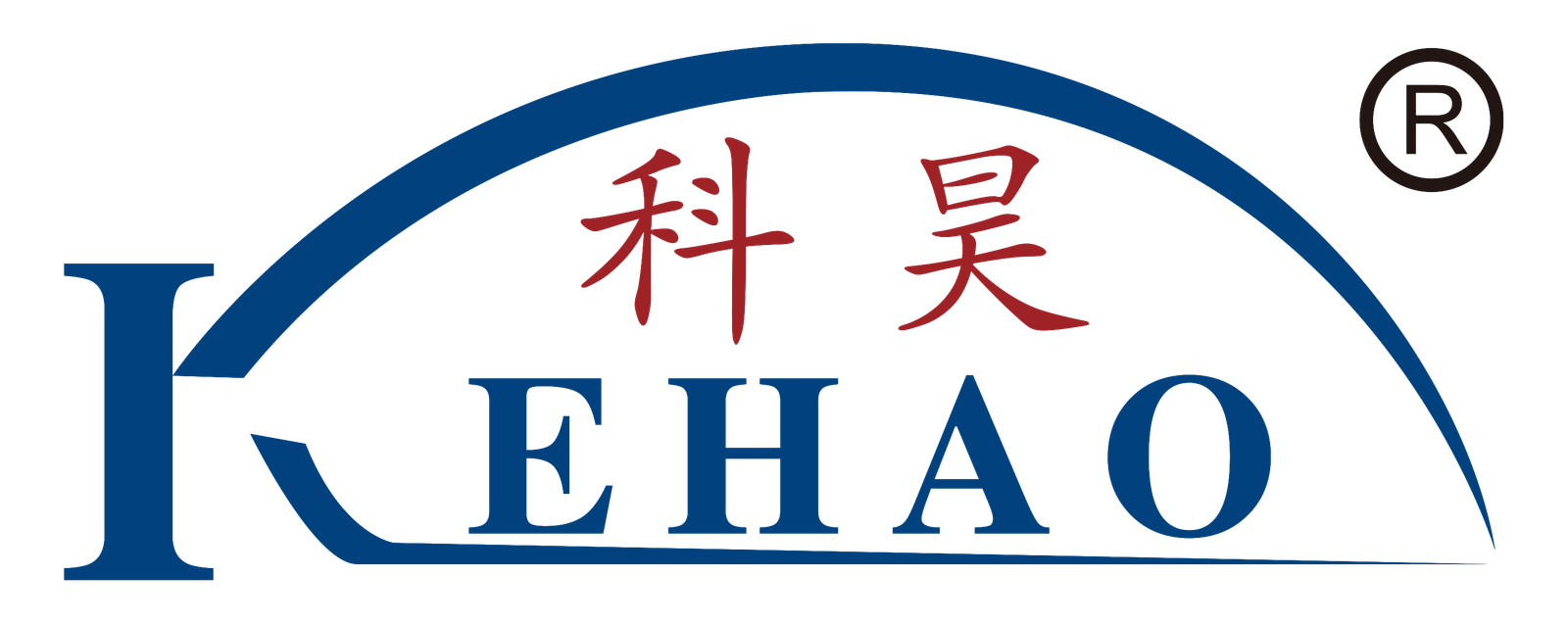Are you struggling with mortar that cracks, lacks workability, or doesn't adhere properly? These common problems frustrate contractors and DIYers alike, leading to project delays and increased costs.
HPMC (Hydroxypropyl Methylcellulose)1 improves mortar by enhancing water retention, increasing workability, preventing sagging, extending open time, and strengthening adhesion. This cellulose ether acts as a thickener and binder, creating more consistent, durable mortar mixtures for various construction applications.
Last week, I visited a construction site where the team was dealing with mortar that dried too quickly in the hot Saudi climate. After recommending HPMC addition, their productivity improved dramatically. Let me explain why HPMC has become essential in modern mortar formulations.
What Is Added to Mortar to Make It More Workable?
Have you ever mixed mortar that was too stiff or too runny? This common issue makes application difficult and affects the final strength of the installation.
To improve mortar workability2, additives like HPMC, air entrainers, plasticizers, and retarders are used. HPMC specifically creates a gel-like network that holds water in the mixture, allowing for smoother application while maintaining proper consistency over longer working periods.
Workability is a key property that affects how easily mortar can be applied and manipulated during construction. In my experience working with customers across different climate zones, workability challenges vary greatly. In hot climates like Saudi Arabia or UAE, mortar tends to dry out too quickly, while in humid environments like Vietnam or Philippines, different issues arise.
HPMC improves workability through several mechanisms:
How HPMC Enhances Mortar Workability:
- Water Retention: HPMC forms hydrogen bonds with water molecules, keeping them in the mix longer
- Lubrication Effect: Creates a slip-layer between cement particles, making the mix more "buttery" and easy to work with
- Viscosity Control: Allows adjustment of flow properties without compromising strength
- Sag Resistance: Prevents mortar from slumping after application on vertical surfaces
This is why many of our customers in the Middle East specifically request HPMC with higher viscosity grades for their mortar formulations. The difference is immediately apparent to workers on site, who report less fatigue and faster application rates.
What Is the Function of HPMC?
Does your mortar dry too quickly or fail to stick properly to surfaces? These problems can be solved with the right additive technology.
HPMC functions as a water retention agent, thickener, binder, and film-former in mortar. It slows water evaporation, creates uniform microstructure, prevents material segregation, and forms polymer bridges that enhance bonding between mortar and substrates.

The multi-functional nature of HPMC3 makes it one of the most valuable additives in modern construction materials. When I conduct training sessions for our customers' technical teams, I always emphasize that HPMC does much more than just thicken the mixture.
HPMC's functions extend through every phase of the mortar's lifecycle:
HPMC Functions During Different Mortar Phases:
| Phase | HPMC Function | Benefit |
|---|---|---|
| Mixing | Improves wetting of dry components | More homogeneous mixture |
| Application | Controls rheology and provides anti-sag properties | Easier application, reduced worker fatigue |
| Setting | Retains water for optimal hydration of cement | Stronger final product with fewer cracks |
| Hardening | Forms polymer films between particles | Enhanced flexibility and adhesion |
| Service Life | Creates more uniform pore structure | Better durability and freeze-thaw resistance |
The dosage of HPMC typically ranges from 0.2% to 0.5% of the dry mortar weight, but this can vary based on specific application requirements. For example, our customers producing tile adhesives often use higher concentrations (0.3-0.5%) for better open time and slip resistance, while those making rendering mortars may use slightly lower amounts (0.1-0.3%) focused on workability and water retention.
What's fascinating is how small amounts of HPMC can dramatically change mortar properties. Just 0.3% addition by weight can increase water retention from around 75% to over 95%, making it possible to work even in challenging weather conditions.
What Are the Advantages of HPMC?
Are rising material costs and quality issues affecting your construction projects? Many builders face these challenges while looking for solutions that don't break the budget.
HPMC3 advantages include extended working time, enhanced adhesion strength, reduced material waste, improved freeze-thaw durability, and compatibility with various cement types. It also allows for thinner application layers, decreasing material costs while maintaining or improving performance.

The advantages of HPMC extend far beyond its primary water retention function. I've seen customers transform their product lines after incorporating our HPMC, gaining significant market share due to improved performance.
HPMC provides both technical and economic advantages throughout the construction process:
Technical Advantages:
- Superior Water Retention4: Even in hot or windy conditions, mortar remains workable longer
- Adhesion Enhancement: Increases bond strength to various substrates by 30-40%
- Crack Reduction: More uniform curing leads to fewer shrinkage cracks
- Freeze-Thaw Resistance: More flexible matrix can withstand temperature cycling
- Sag Resistance: Allows application of thicker layers on vertical surfaces
Economic Advantages:
- Labor Savings5: Faster application and less reworking
- Material Efficiency: Less waste from premature drying
- Extended Coverage: Better flow properties allow thinner effective layers
- Reduced Callbacks: Fewer failures mean less warranty work
- Premium Positioning: Enables marketing of higher-performance products
One of our customers in Pakistan switched from standard mortar to HPMC-modified formulations last year. Despite initially higher material costs, their overall project expenses decreased by 15% due to faster application, reduced waste, and virtually eliminated callbacks for repairs.
The versatility of HPMC is also remarkable. We offer various viscosity grades and modification levels suitable for different applications. For example, methoxy content and hydroxypropyl substitution can be adjusted to optimize performance in specific environments or applications.
This is why we recommend different HPMC grades for customers in dry Middle Eastern markets versus humid Southeast Asian conditions.
Why Use Polymer Modified Mortar?
Have conventional mortars failed to meet your project's demanding requirements? Standard cement mortars often lack the performance needed for modern construction challenges.
Polymer modified mortars6 incorporate additives like HPMC to enhance flexibility, adhesion, water resistance, and durability. These improvements are critical for specialized applications like tile adhesives, external insulation systems, and repairs, where conventional mortars would fail prematurely.

Polymer modification represents the evolution of mortar technology. In my 15 years in the industry, I've watched traditional formulations give way to these enhanced products that solve problems conventional mortars simply cannot address.
The construction industry now demands materials that can:
- Bond to challenging substrates (glass, metal, old concrete)
- Withstand building movement without cracking
- Resist water penetration in severe weather
- Maintain integrity despite pollution and UV exposure
- Provide longer working time for complex installations
Polymer modified mortars7, particularly those containing HPMC along with redispersible polymer powders, meet these challenges through synergistic effects. While HPMC provides excellent fresh-state properties, polymers like VAE (vinyl acetate ethylene8) or EVA (ethylene vinyl acetate) enhance the hardened properties.
Common Polymer Modified Mortar Applications:
| Application | Key Requirements | HPMC Contribution | Additional Polymer Contribution |
|---|---|---|---|
| Tile Adhesives | Extended open time, slip resistance | Water retention, thickening | Flexibility, adhesion strength |
| Repair Mortars | Adhesion to old substrates, crack resistance | Workability, water retention | Flexibility, tensile strength |
| EIFS Base Coats | Impact resistance, flexibility | Workability, sag resistance | Flexibility, crack-bridging |
| Self-Leveling Compounds | Flow properties, smooth finish | Stabilization, water retention | Abrasion resistance, flexibility |
| Waterproofing Mortars | Water impermeability, crack resistance | Uniform curing | Hydrophobicity, flexibility |
Our clients who have transitioned to fully polymer-modified systems report that while material costs increase slightly, installation speeds improve dramatically, and long-term performance exceeds expectations.
A major project in Dubai initially balked at the higher material costs of polymer-modified renders but later calculated a 30% reduction in overall project time and virtually eliminated call-backs for repairs.
The future of construction mortar clearly lies in these enhanced formulations. As buildings become more complex and performance expectations rise, the use of conventional mortars becomes increasingly risky. Smart builders recognize that the slightly higher initial cost of polymer-modified systems pays dividends throughout the entire building lifecycle.
Conclusion
HPMC transforms ordinary mortar into a high-performance construction material by enhancing workability, water retention, adhesion, and durability. This essential additive solves common jobsite problems while improving the final quality of masonry and rendering work.
-
Explore how HPMC enhances mortar performance, ensuring better adhesion and workability for your construction projects. ↩
-
Learn about the key factors that affect mortar workability to enhance your construction techniques and outcomes. ↩
-
Explore the extensive benefits of HPMC in construction, including its role in enhancing mortar properties and performance. ↩ ↩
-
Understanding the benefits of superior water retention can help you choose the right materials for your construction projects. ↩
-
Exploring labor savings strategies can lead to more efficient project management and reduced costs. ↩
-
Learning about polymer modified mortars can enhance your knowledge of modern construction techniques and materials. ↩
-
Explore the advantages of polymer modified mortars, which enhance performance and durability in construction projects. ↩
-
Discover how vinyl acetate ethylene contributes to the strength and durability of construction materials, making them more effective. ↩
